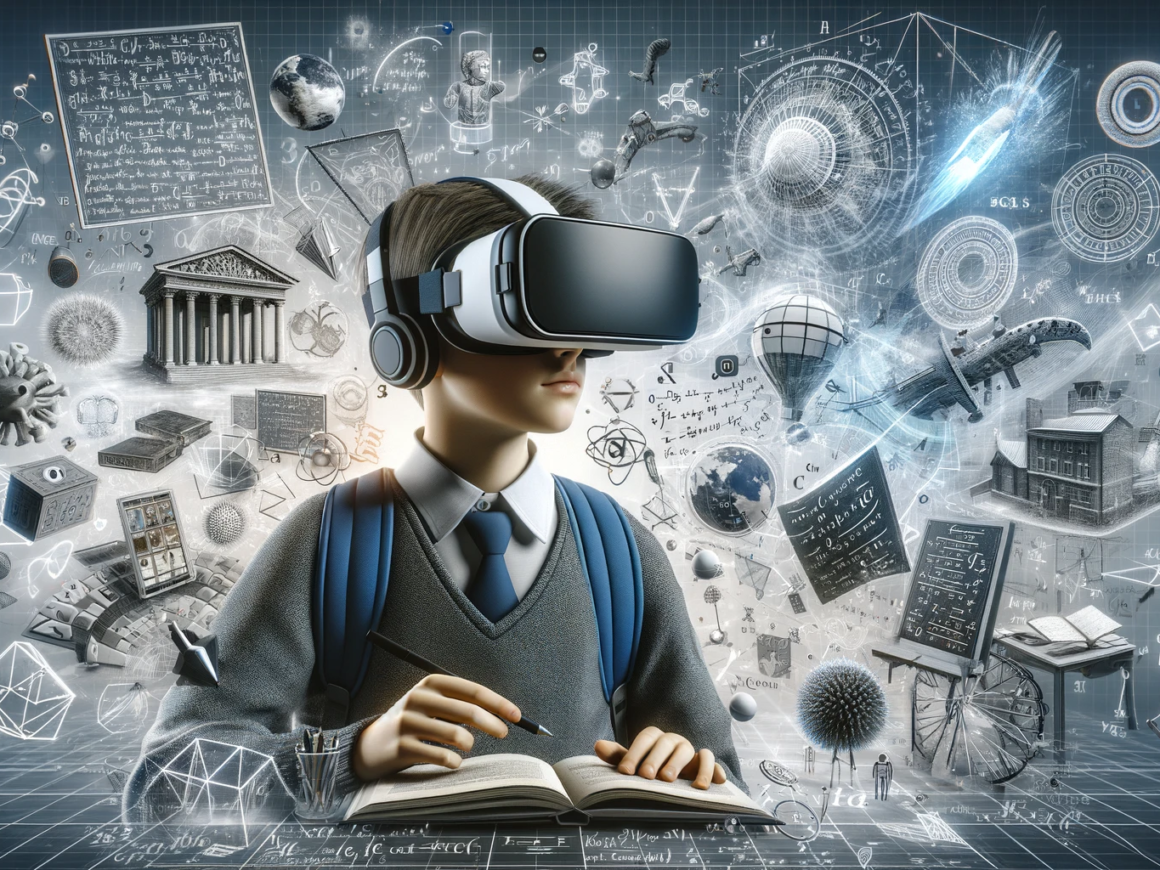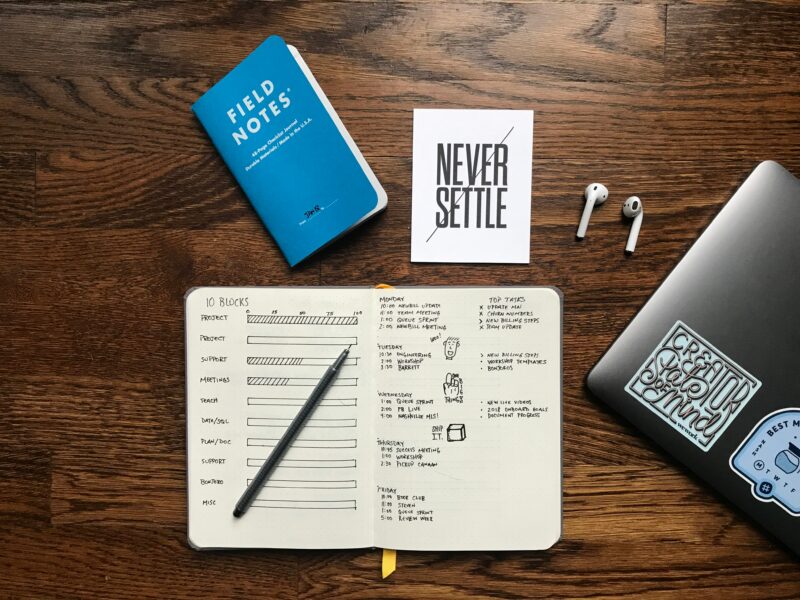The integration of technology has continually evolved in education, aiming to enhance teaching methods and engage learners in innovative ways. One such technology that holds immense promise is Augmented Reality (AR).
AR overlays digital content onto the real world, offering a rich and interactive learning experience.
Bridging the Gap Between the Virtual and Real Worlds
AR seamlessly integrates virtual and real environments, enabling learners to interact with digital content overlaying the physical world. In contrast to Virtual Reality (VR)’s creation of entirely new realms, AR enhances the existing context by providing additional information, enriching learning experience.
One of the key advantages of AR in education is its ability to make learning more engaging and interactive. By superimposing 3D models, animations, and interactive elements onto textbooks, worksheets, or real-world objects, AR transforms static learning materials into dynamic experiences. For example, students studying anatomy can use AR apps to visualise and explore the human body in 3D, allowing for a deeper understanding of complex structures and functions.
Personalised Learning Paths
AR provides educators with the capability to craft customised learning journeys that cater to the unique requirements and preferences of each student. By leveraging AR applications, content can dynamically adjust according to students’ advancement, offering instant feedback and supplementary assistance as required. Additionally, AR facilitates collaborative learning scenarios, enabling students to collaborate on interactive assignments and simulations, nurturing vital skills such as teamwork and communication.
Real-World Applications Across Subjects
The versatility of augmented reality extends across various subjects, from STEM (science, technology, engineering, and mathematics) to humanities and beyond. In science classes, students can conduct virtual experiments and simulations, observing scientific phenomena up close. In history lessons, AR can bring events to life, allowing students to explore ancient civilisations or significant moments in time through interactive narratives.
Overcoming Learning Barriers
Augmented reality has the potential to overcome traditional learning barriers by catering to diverse learning styles and abilities. Different types of learners benefit from AR: visual learners with immersive visualisations, auditory learners with interactive audio, and kinesthetic learners with virtual objects for touch and movement. AR can provide support for students with disabilities by offering alternative modes of interaction and representation.
Augmented reality is revolutionising education by offering engaging, interactive, and personalised learning experiences. By integrating AR into classrooms can unlock new possibilities, empowering students to explore, create, and discover in new ways. As technology continues to advance, augmented reality holds immense promise as a transformative tool for shaping the future of education.
With augmented reality, the classroom becomes a gateway to limitless possibilities, where learning transcends boundaries and imagination knows no bounds. Embracing AR isn’t just about adopting a new technology; it’s about embracing a new way of education that empowers students to thrive.
Are you ready to embark on an augmented reality journey in education? The future of learning awaits, and with AR, the possibilities are endless.











